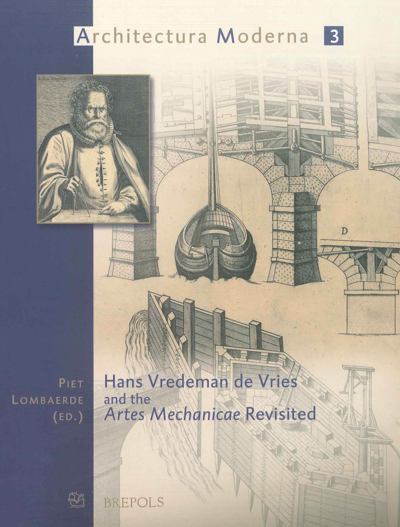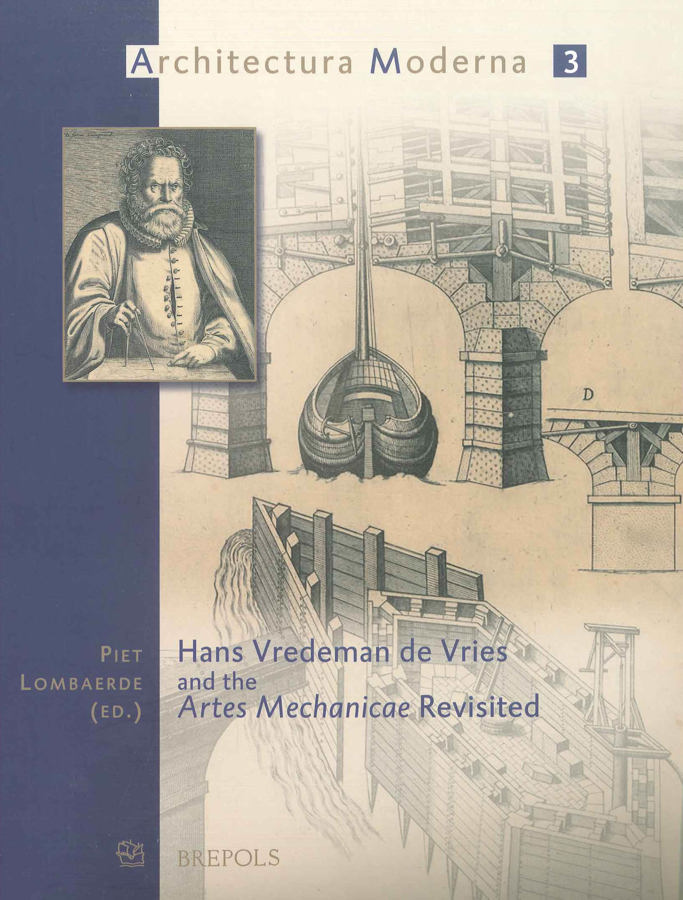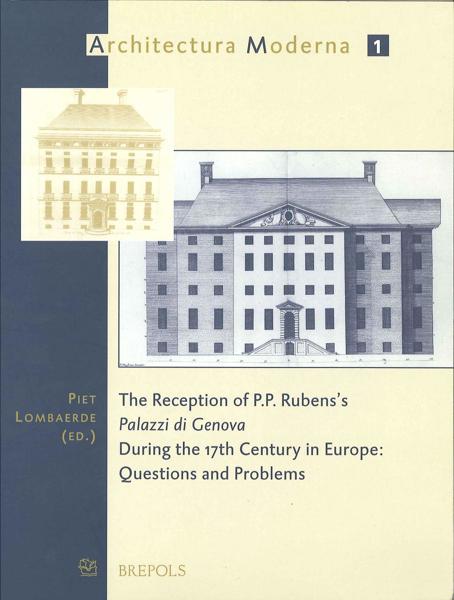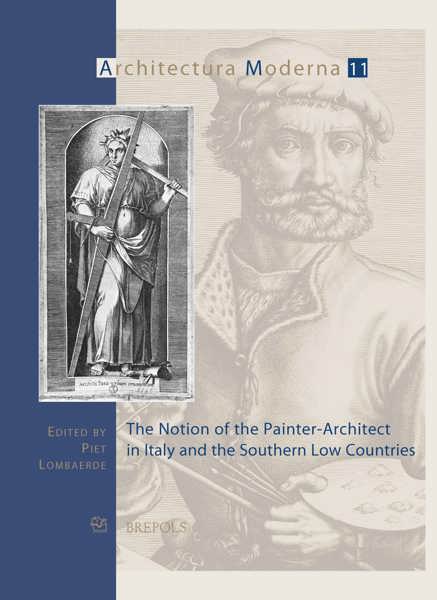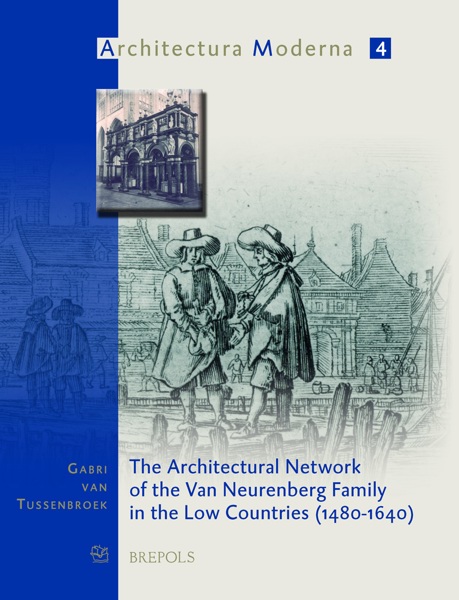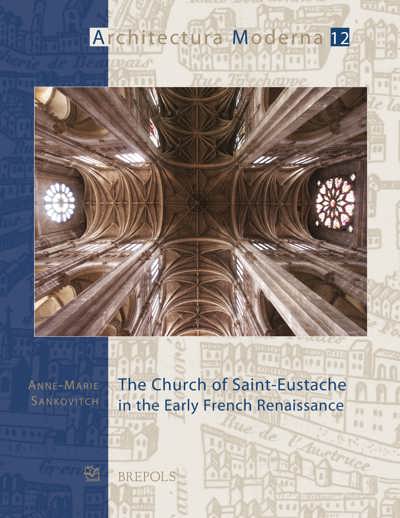
Hans Vredeman De Vries And The Artes Mechanicae Revisited
Piet Lombaerde (ed)
- Pages: 261 p.
- Size:220 x 280 mm
- Illustrations:157 b/w
- Language(s):English
- Publication Year:2005
- € 75,00 EXCL. VAT RETAIL PRICE
- ISBN: 978-2-503-51813-8
- Paperback
- Available
- € 75,00 EXCL. VAT RETAIL PRICE
- ISBN: 978-2-503-55625-3
- E-book
- Available
"These are handsome and sturdy (if expensive) paperback volumes…and are bound up to open up many new areas of research…they should be applauded. One hopes that further volumes will appear in this series". (Andrew Hopkins, in Sixteenth Century Journal, XLI, 4, winter 2010, pp. 1153-1155)
In this publication, attention is devoted to the technical aspects in the work of Hans Vredeman de Vries. Throughout his long career, he has perfected his skills as a painter, architect, fortification engineer and hydraulic engineer. Those technical aspects are considered not so much as discrete characteristics, but rather as a particular way in which this late sixteenth- century artist from the Low Countries typically dealt with a number of disciplines of the technical and applied arts. Indeed, from a predominantly traditional approach to his work, too much emphasis has until now been placed on his highly personal contribution to the dissemination of ornamental elements, whereby typical Renaissance characteristics, such as technical innovation and engineering, are relegated to the background.
During Hans Vredeman de Vries's lifetime, attempts began to be made to define the arts and the sciences. Defining the demarcation criteria of the sciences would continue to gain in importance especially at the beginning of the seventeenth century. With his work, Vredeman de Vries raised Architectura together with all its technical acquisitions to the level of both the Artes and the Scienciae. Attempts were even made to establish some kind of hierarchy. Yet the artist never strictly separated fine and applied arts, nor did he explicitly distinguish between theory and practice. It was the intention of Vredeman de Vries to aim towards an equilibrium between the sciences and the arts.
A team of thirteen distinguished art and architectural historians from North America, Germany, the Netherlands and Belgium focus upon Vredeman de Vries's diverse manifestations of knowledge: urbanism, fortification works, hydraulics, interior decoration, architecture (its practical and technical aspects), inlay work and furniture, tapestry and the use of scientific instruments. One author points out that the similarity between such 'technical' practices and the structure of, for example, sixteenth-century rhetorical practices, forces us to consider Vredeman de Vries not simply as an architect, an engineer, or a designer, but above all as an experimenter in multiple disciplines and various fields.
